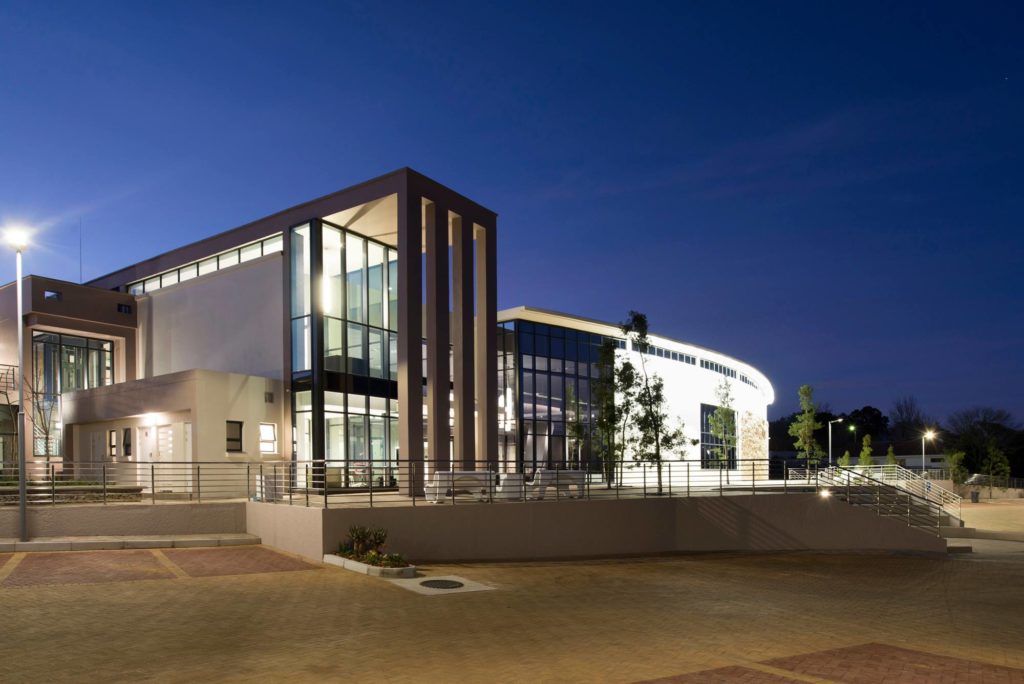The National English Literary Museum (NELM) is getting a new name – and you’re invited to choose it!
The museum grew out of a collection put together by Professor Guy Butler of Rhodes University in the 1970s and is now an impressive assemblage of literary materials by South African authors writing in English.
NELM, a Department of Arts and Culture (DAC) heritage entity, has two satellite museums: the Eastern Star Gallery, a printing and press museum in Grahamstown, and Schreiner House in Cradock.
The DAC recently made a considerable investment in the museum with the construction of a purpose-built facility to accommodate the expansion of the museum’s collections, exhibitions and public programmes.
Director Beverley Thomas said, “The Museum aims to reposition itself as a world-class institution that’s responsive to the needs of South African society and a worthy custodian of South African literary treasures. It will therefore be transforming its mandate to include the literatures of the indigenous languages of South Africa.”
Thomas said the museum awaited a declaration to this effect from the Minister of Arts and Culture.
Meanwhile the Council (governing body) of the museum had constituted a special committee under the guidance of the Department to lead the renaming process. A consultative process has started and members of the public were invited to submit suggestions.
Send your suggestions for the museum’s new name to info@nelm.org.za by 30 September 2018.
Permanent exhibitions
The permanent exhibitions in the museum are about the literary representation of the South African landscape from early colonial times to the present day. Through literary imaginings the landscape is presented as a physical place with its long history of ownership conflicts, and as an aesthetic symbol of cultural identity.
The first ‘green’ museum in South Africa
The construction industry in general has a high carbon footprint. Optimal museum conditions are potential guzzlers of materials, energy and water and the environment is not necessarily comfortable for staff. Ways to mitigate this are to control energy consumption and to be aware of the carbon footprint of not only the building, but also ongoing operations.
The Department of Public Works proposed a ‘green’ building. The museum welcomed this as an opportunity to advocate for environmental and sustainable development in the museum profession in South Africa.
The need was a building that was prominent, contemporary and functional: adequate and secure accommodation for the safe storage and retrieval of valuable literary artefacts and sufficient space for research, learning, performances, events and exhibitions. The project was entirely funded by the DAC.
The design was influenced by time, context and global environmental issues and is based on freeform curves, balanced by linear lines which are echoed in the landscaping and the exhibitions.
This building was part of a pilot project of the Green Building Council of South Africa to develop a rating tool for Public and Education Buildings. The design, submitted in 2013, achieved a 5-star rating, making this the first museum in South Africa to be assessed. On completion and assessment in 2017, the building was awarded 5 stars.
Some of the ‘green’ aspects of the NELM building
- Recycled rubber, carpets from recycled plastic and bamboo flooring
- Paints with low emissions of volatile organic compounds
- Low formaldehyde timber
- Green landscaped roof
- Energy efficient electrical and mechanical equipment, tracked by a building management system
- Low water consumption toilets
- Gabion walls and stone cladding stabilise indoor temperature
- Local job opportunities: 205
- National Youth Service Programme beneficiaries: 25
- Small, medium and micro-enterprises involved: 9 (135 jobs)
Construction
- Planning and design from 2011
- Construction started January 2014
- Practical completion in April 2016
- Construction value: R130 million


